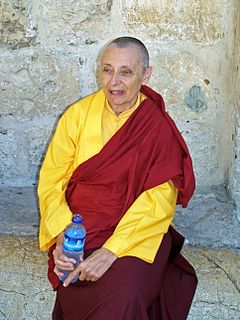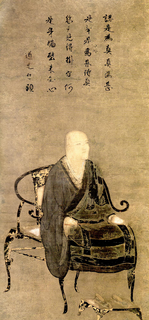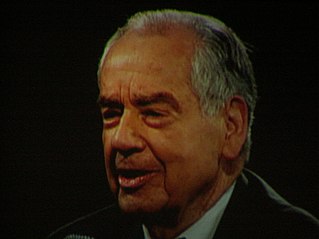A Quote by Frederick Lenz
It is necessary first in the practice of Kundalini yoga to determine what the dharma is. There is a dharma for you.
Related Quotes
The art of dharma practice requires commitment, technical accomplishment, and imagination. As with all arts, we will fail to realize its full potential if any of these three are lacking. The raw material of dharma practice is ourself and our world, which are to be understood and transformed according to the vision and values of the dharma itself. This is not a process of self- or world- transcendence, but one of self- and world- creation.
Dharma has several connotations in South Asian religions, but in Buddhism it has two basic, interrelated meanings: dharma as 'teaching' as found in the expression Buddha Dharma, and dharma as 'reality-as-is' (abhigama-dharma). The teaching is a verbal expression of reality-as-is that consists of two aspects-the subject that realizes and the object that is realized. Together they constitute 'reality-as-is;' if either aspect is lacking, it is not reality-as-is. This sense of dharma or reality-as-is is also called suchness (tathata) or thatness (tattva) in Buddhism.
The dharma is the most precious thing in the world and we should put it at the center of our hearts and transform our whole lives into dharma practice. Otherwise, at the time of death, we will look back and say, now what was all that about? If we truly want to benefit others and ourselves, we have to do it. No excuses.
The zazen I speak of is not learning meditation. It is simply the Dharma gate of repose and bliss, the practice-realization of totally culminated enlightenment. It is the manifestation of ultimate reality. Traps and snares can never reach it. Once its heart is grasped, you are like the dragon when he gains the water, like the tiger when she enters the mountain. For you must know that just there (in zazen) the right Dharma is manifesting itself and that, from the first, dullness and distraction are struck aside.
We underestimate the value of patience. It is possible that people might sometimes interrupt our meditation sessions or Dharma study, but they can never take away our opportunity to train in inner virtues such as patience. It is this mental training, rather than outer virtuous activities, that is the essence of Dharma practice.


























